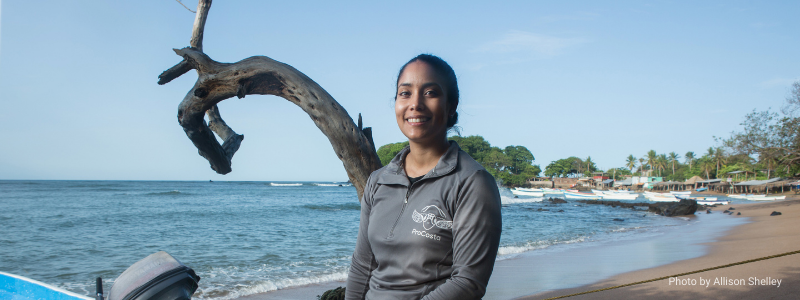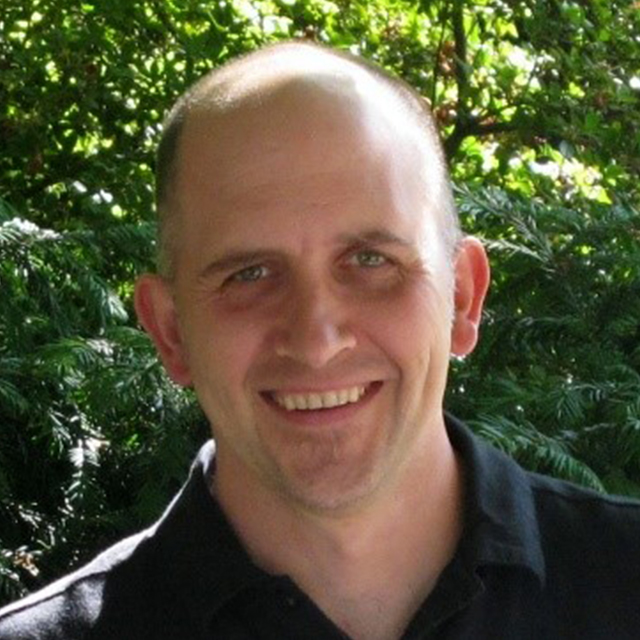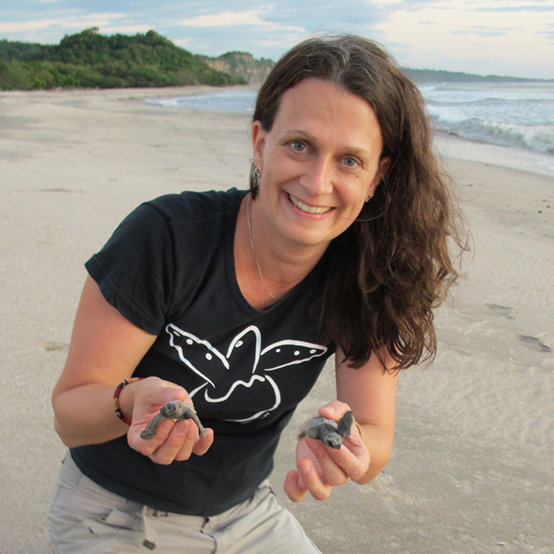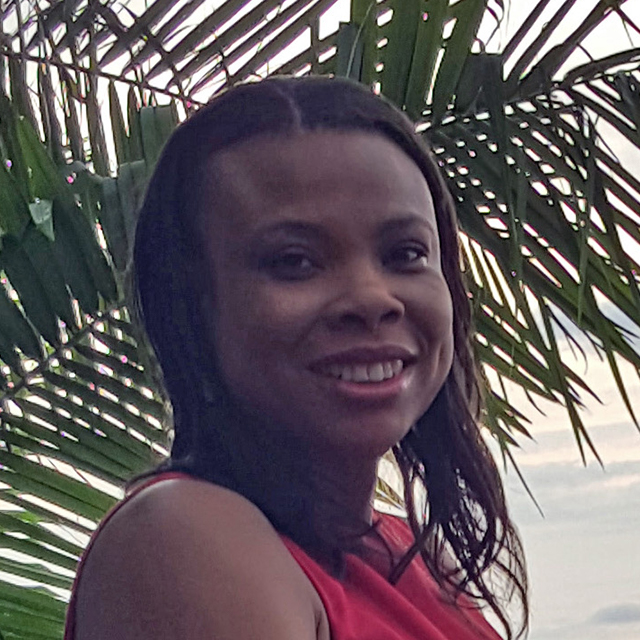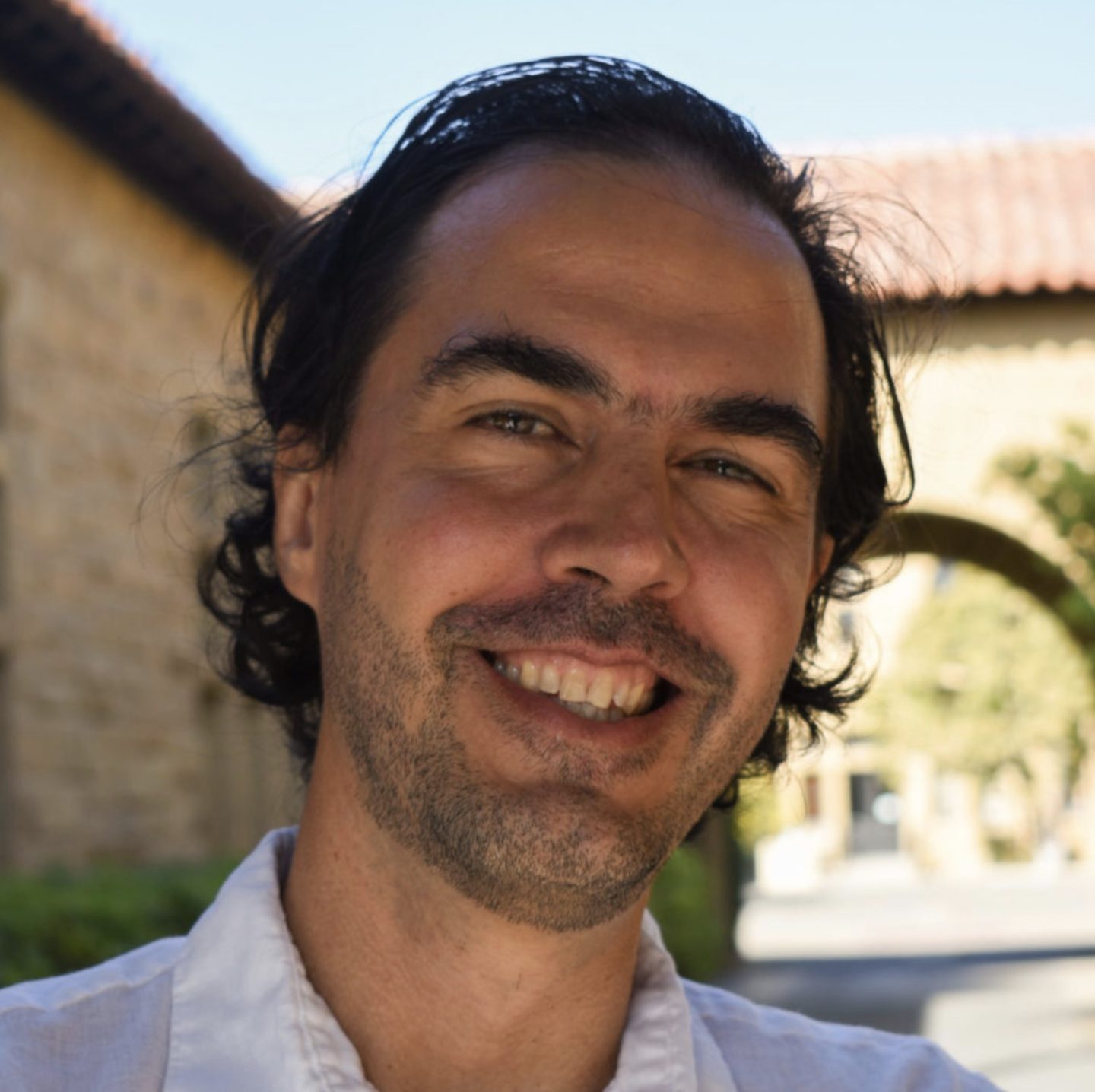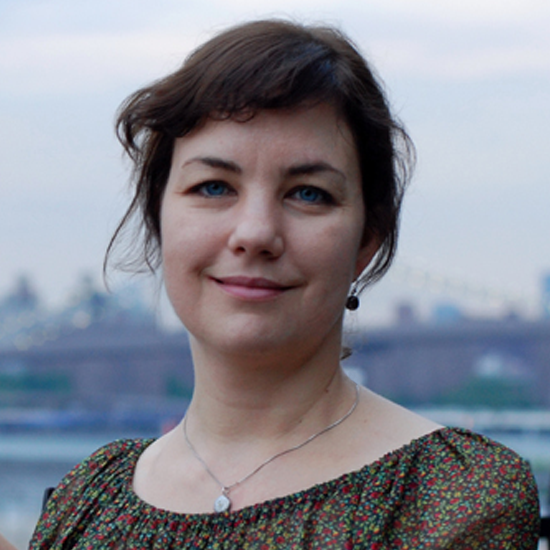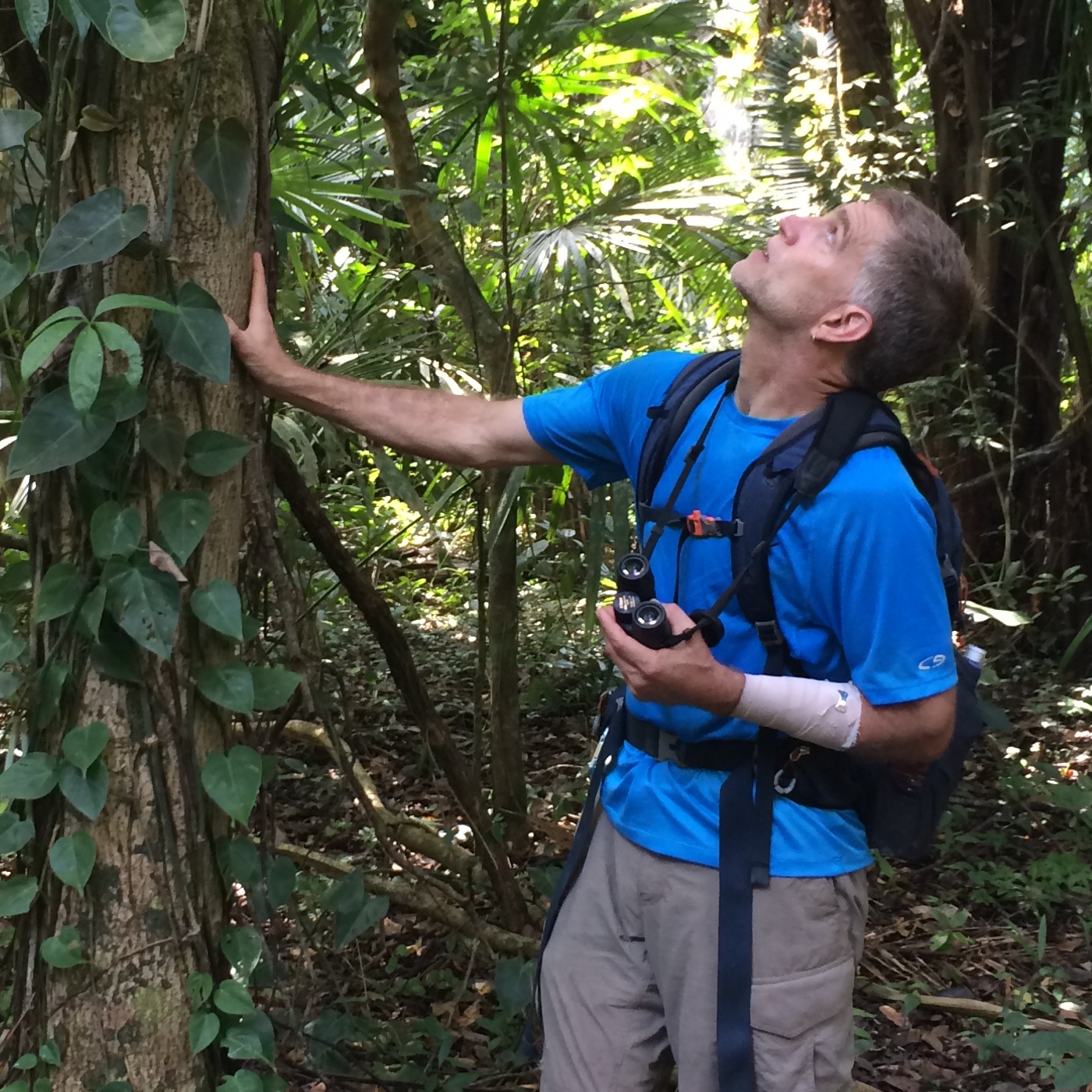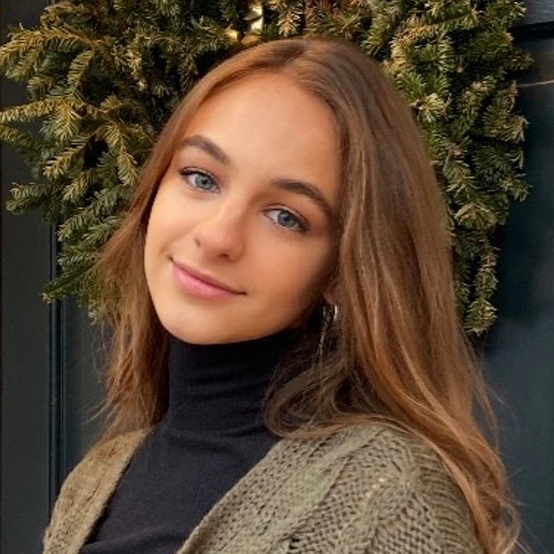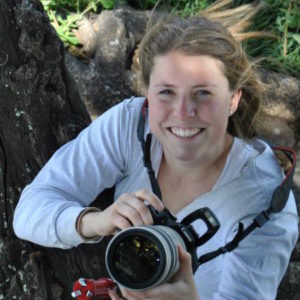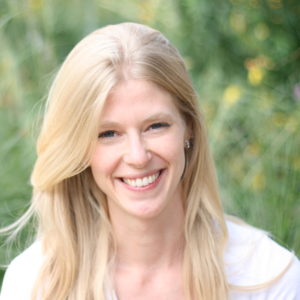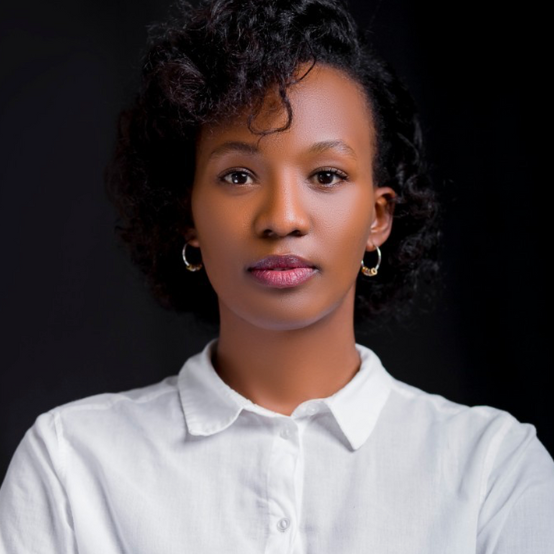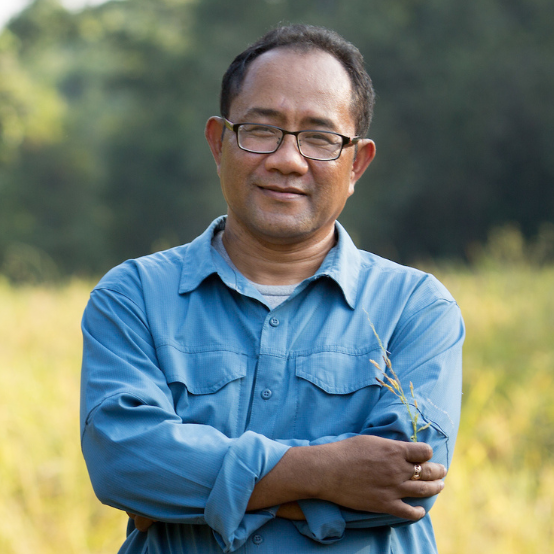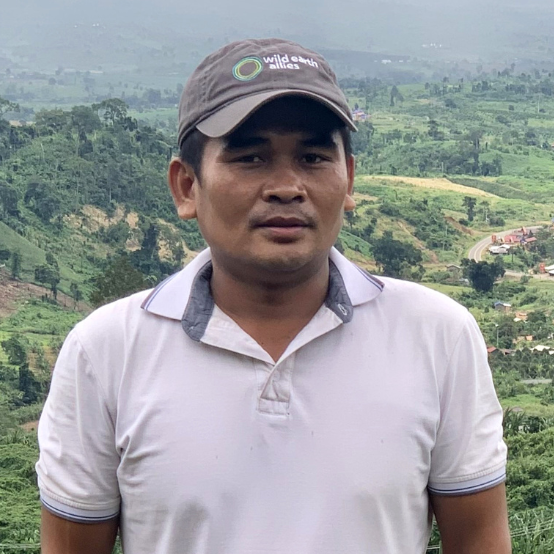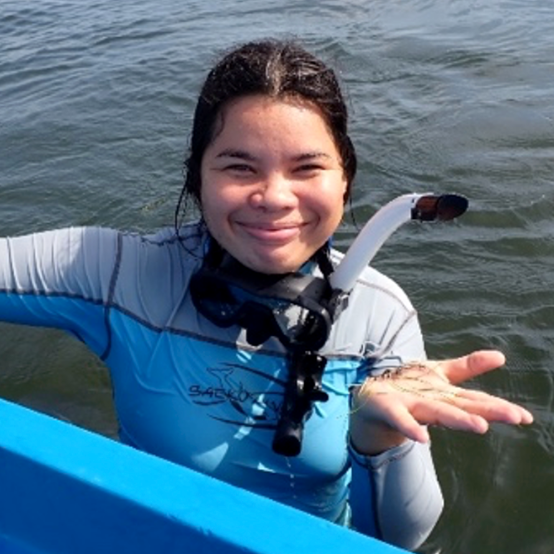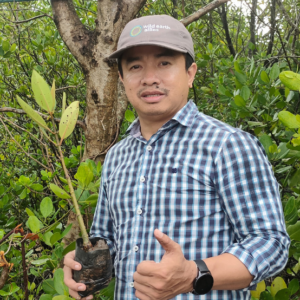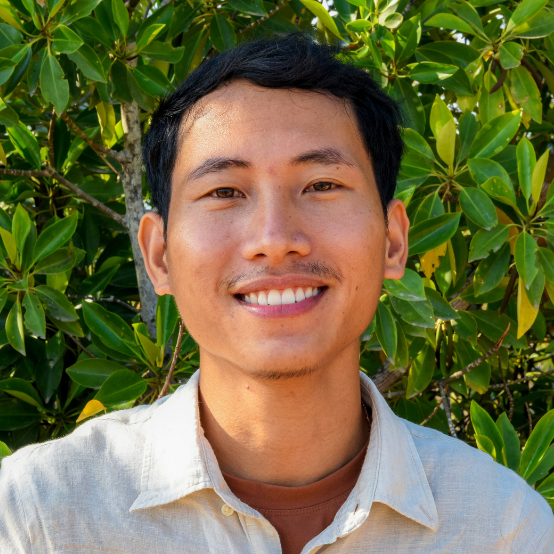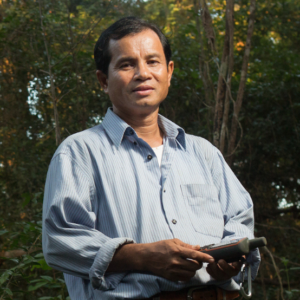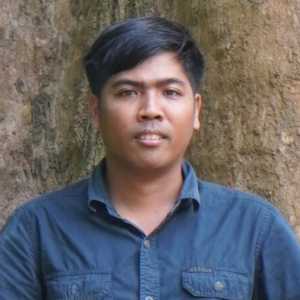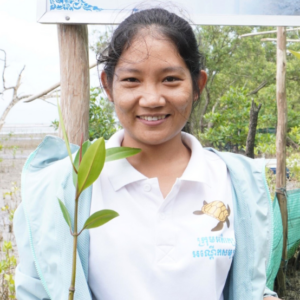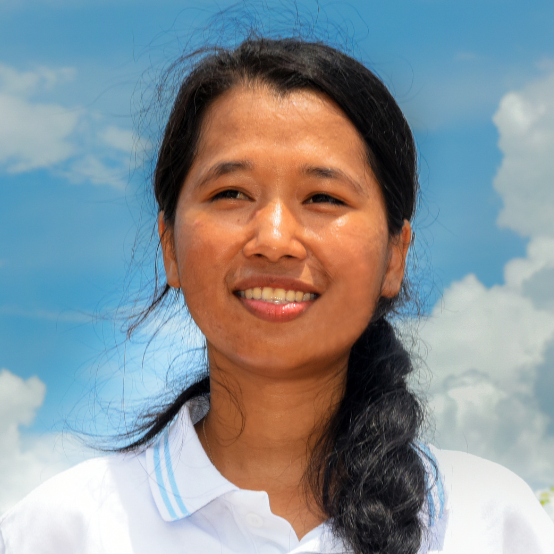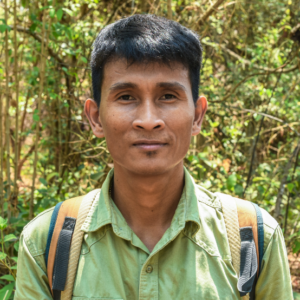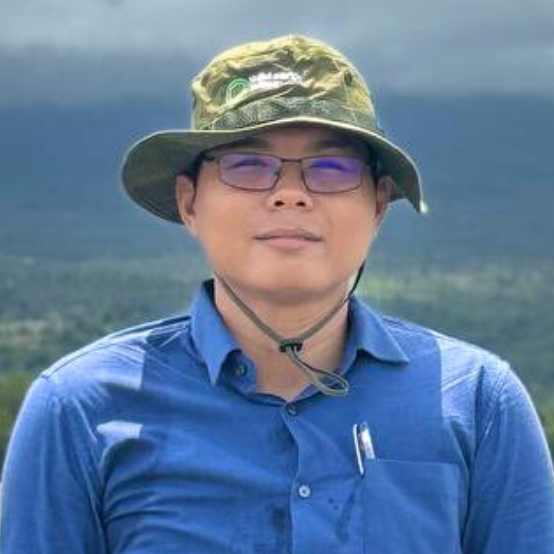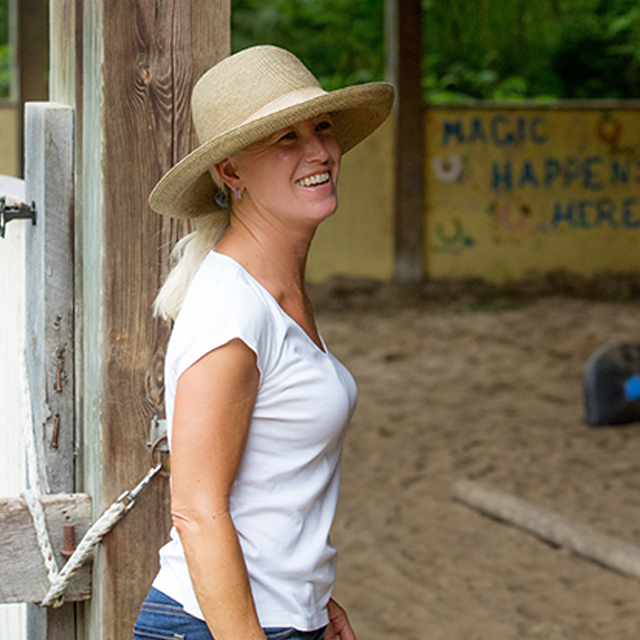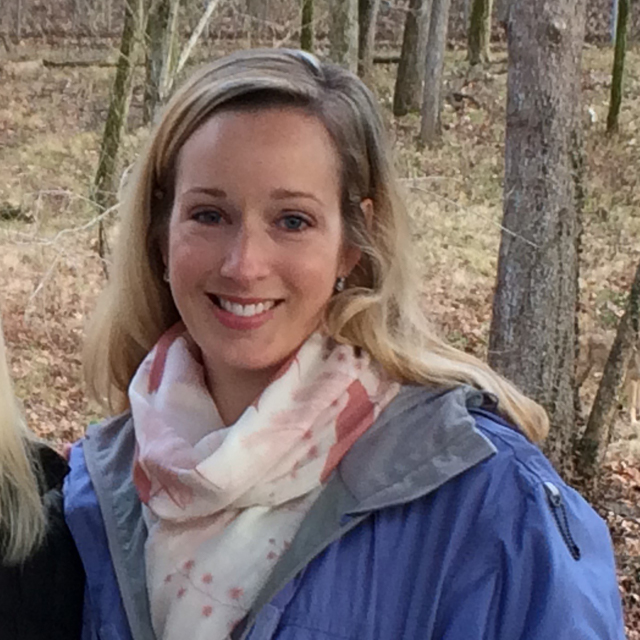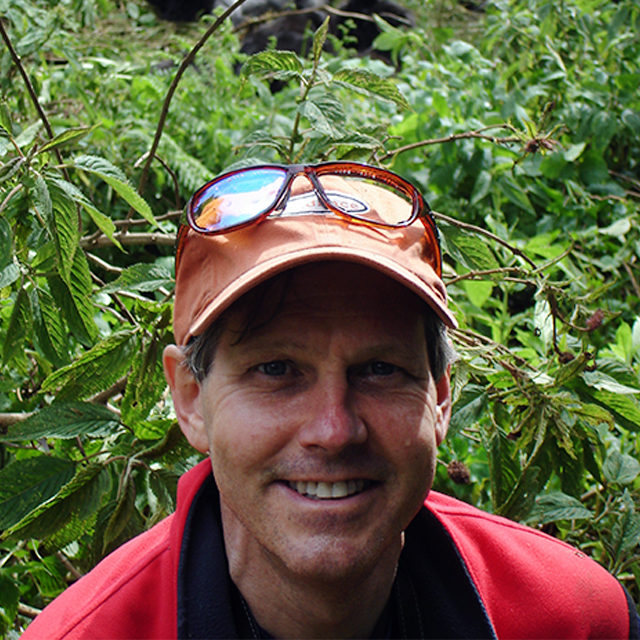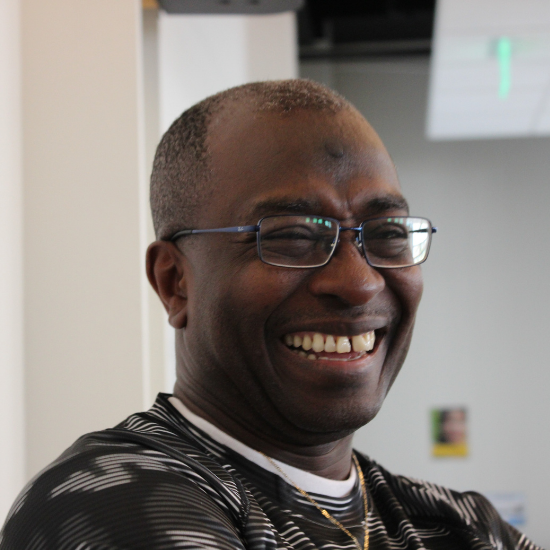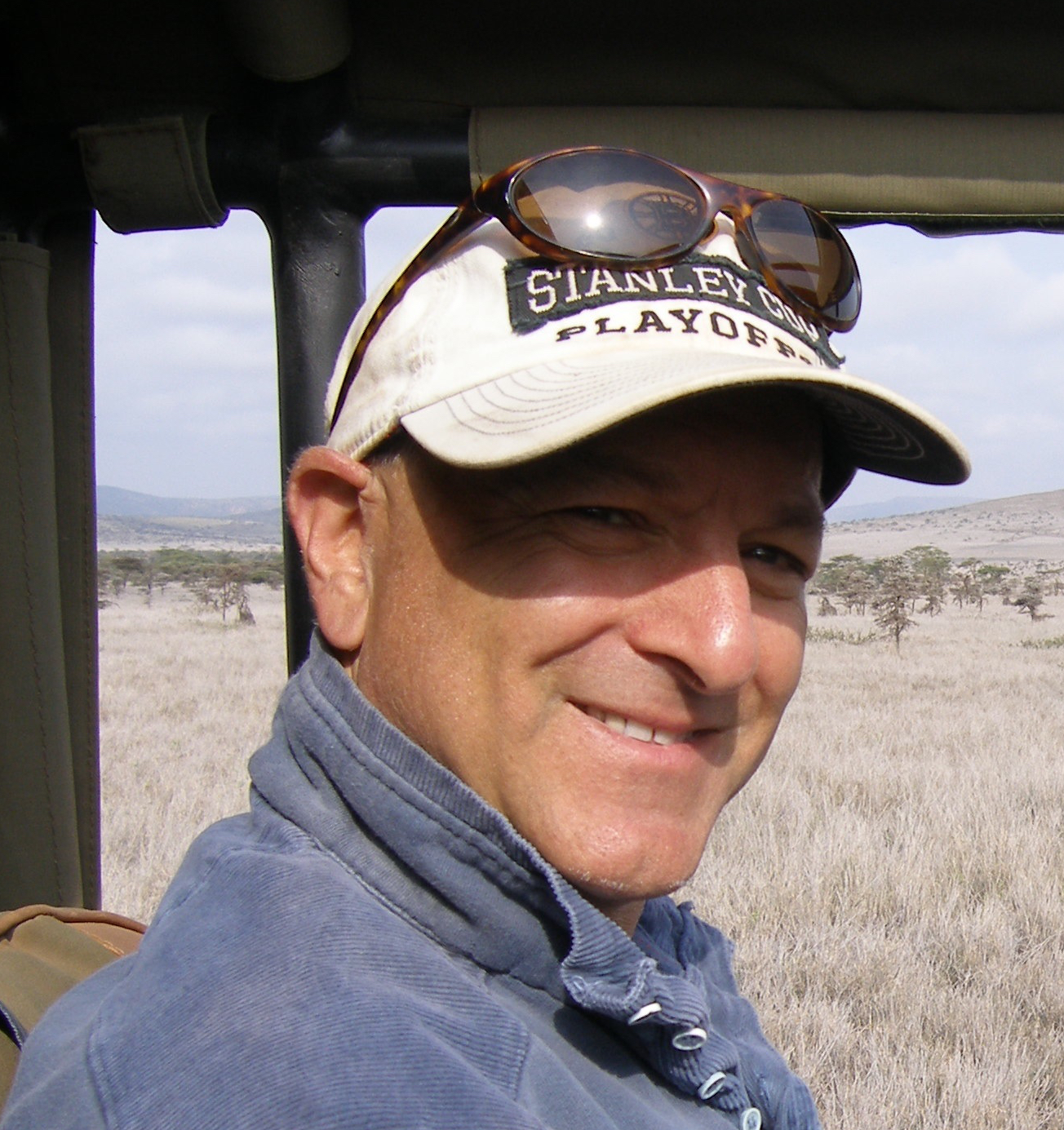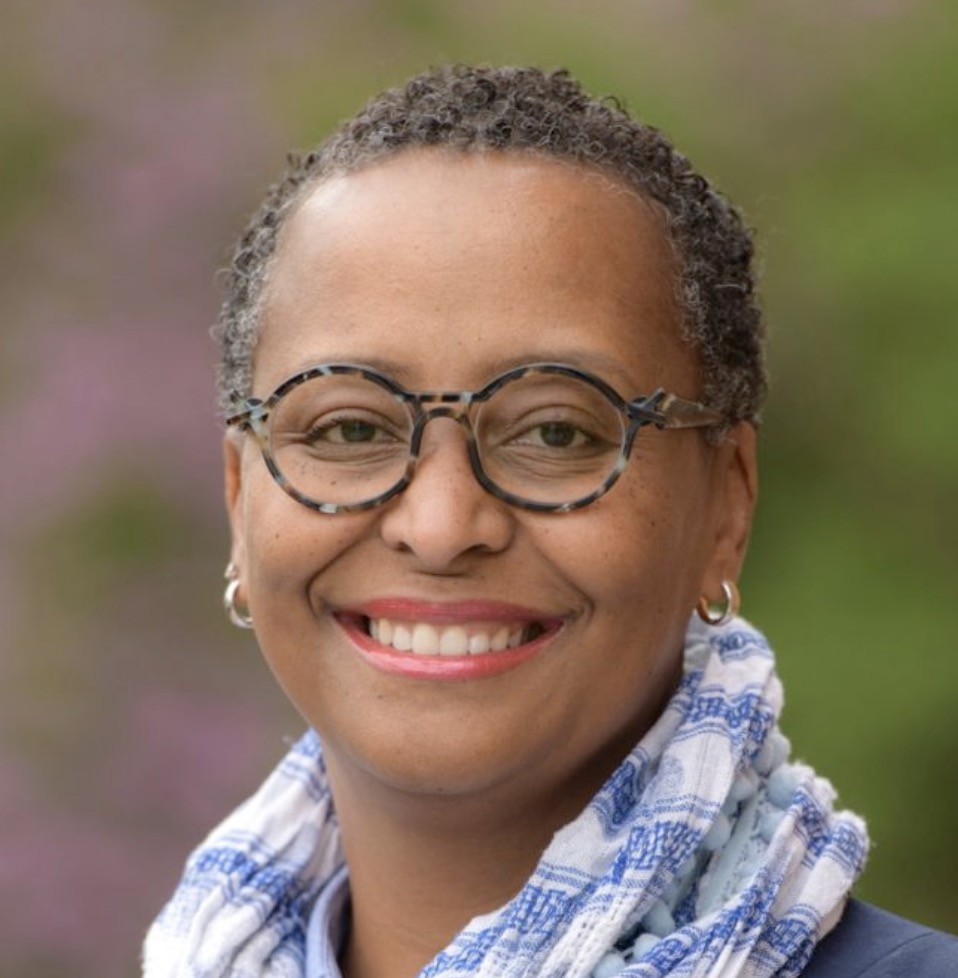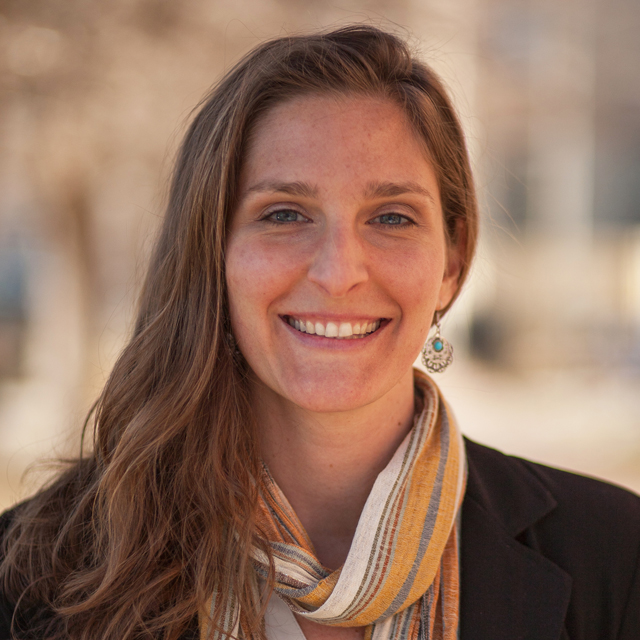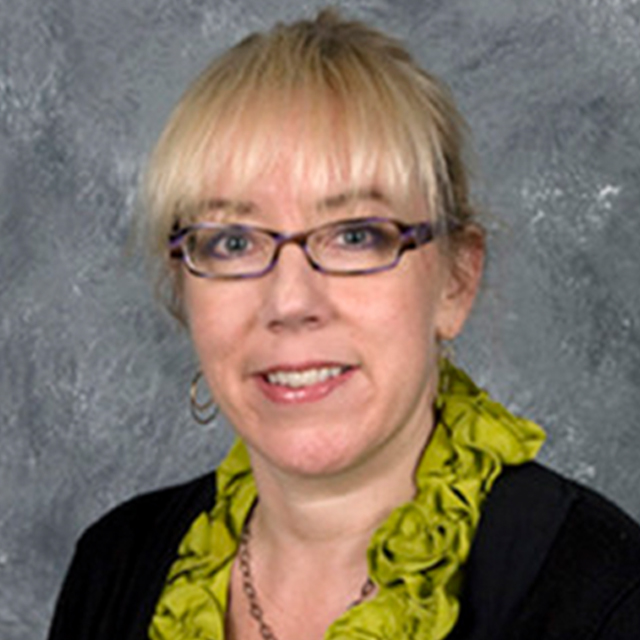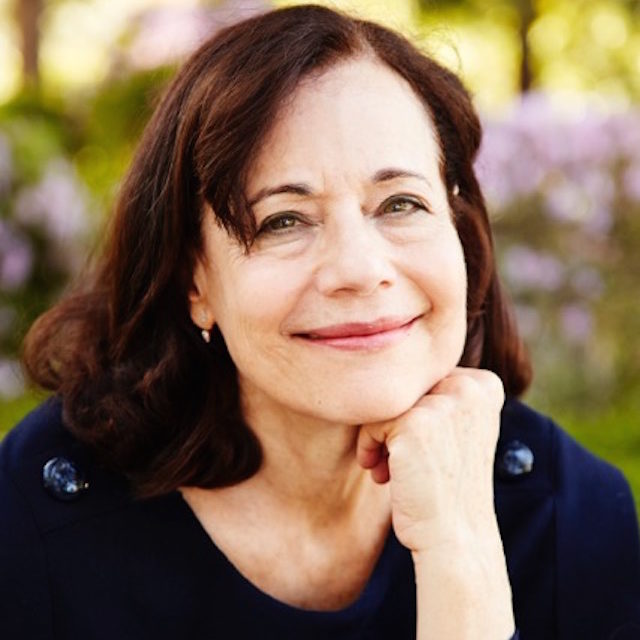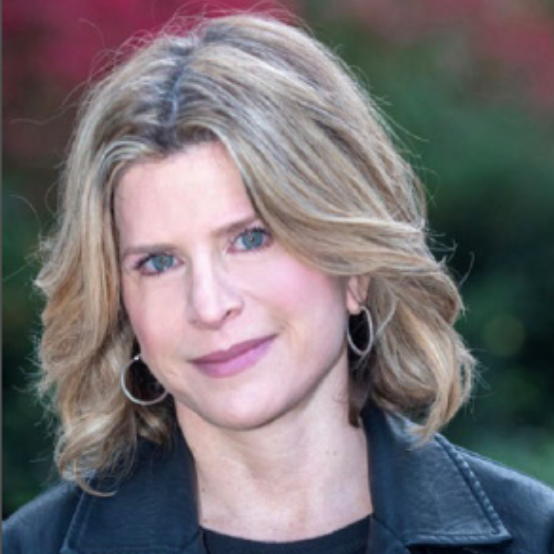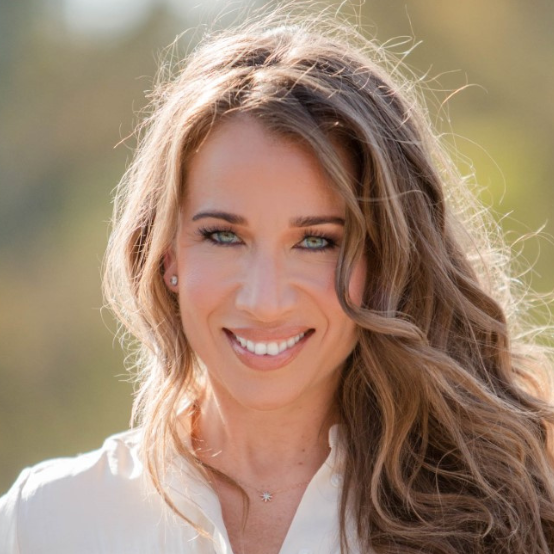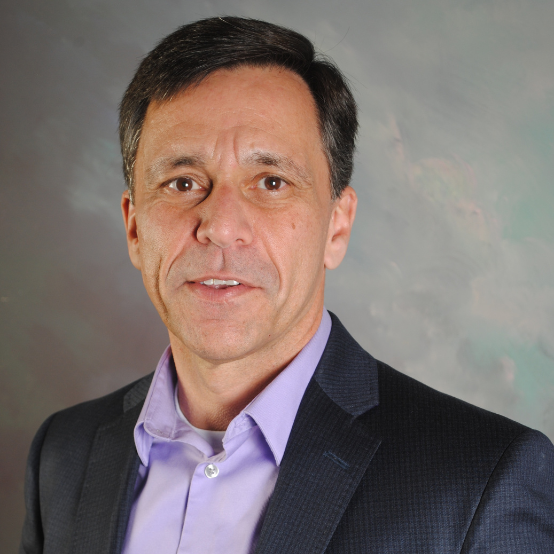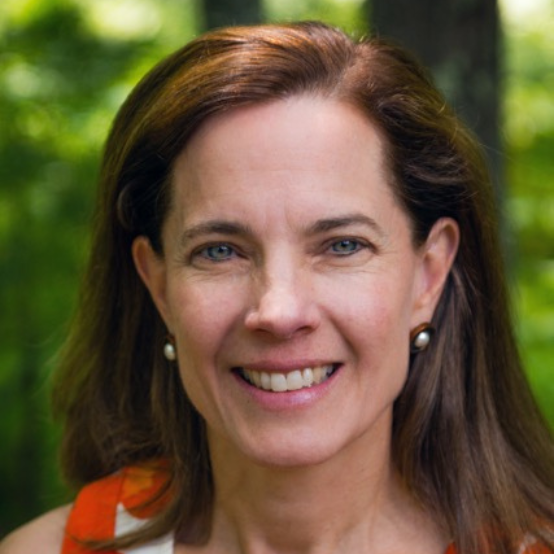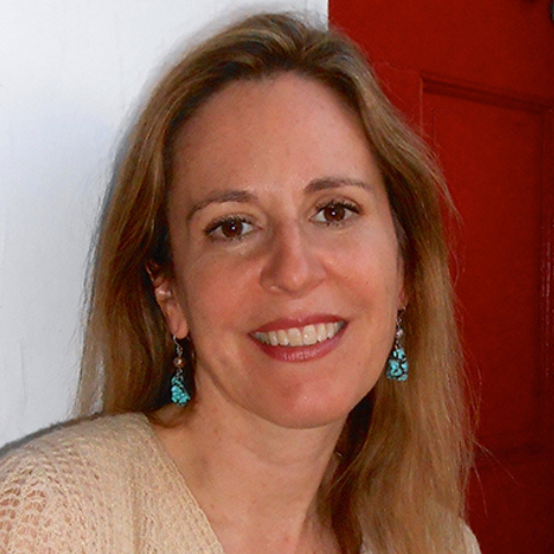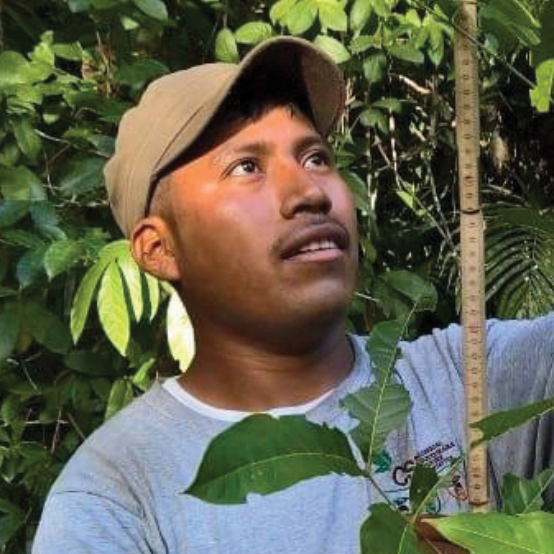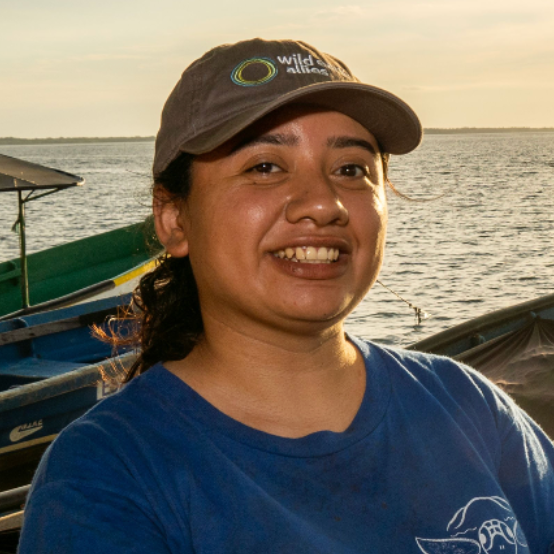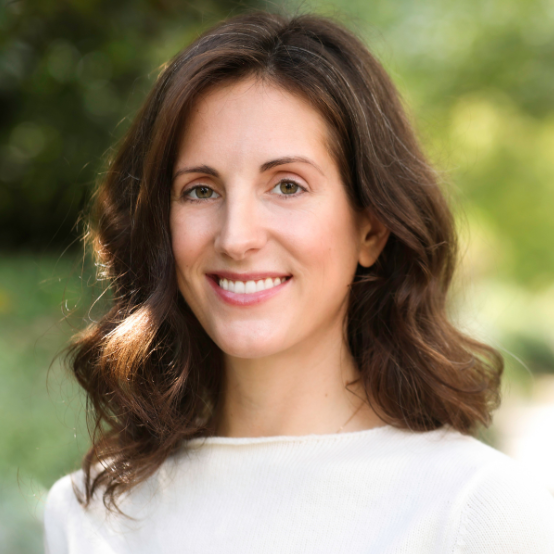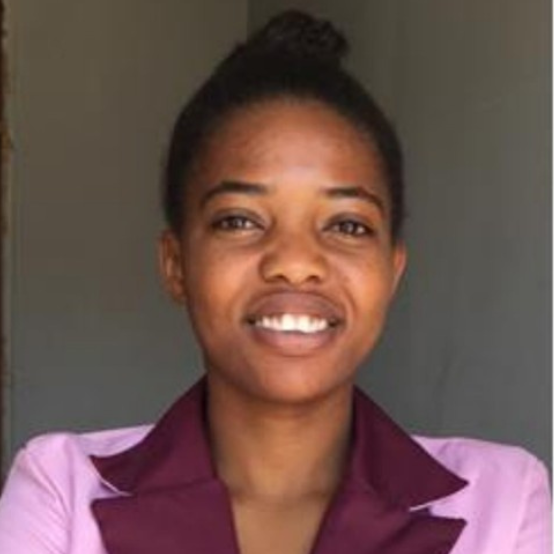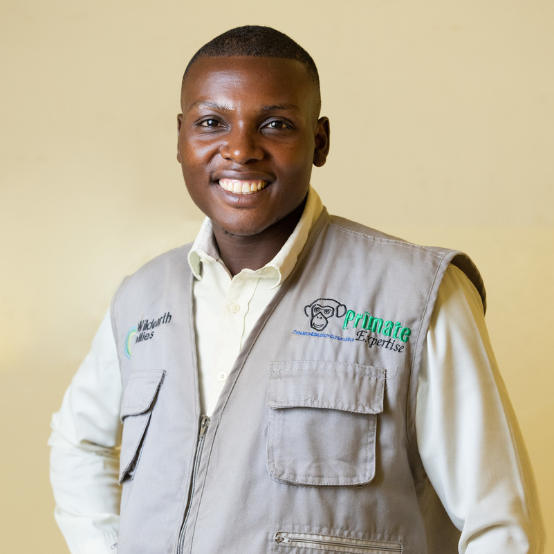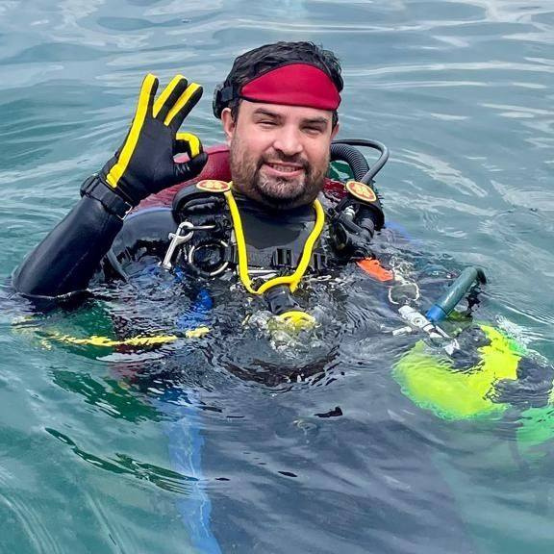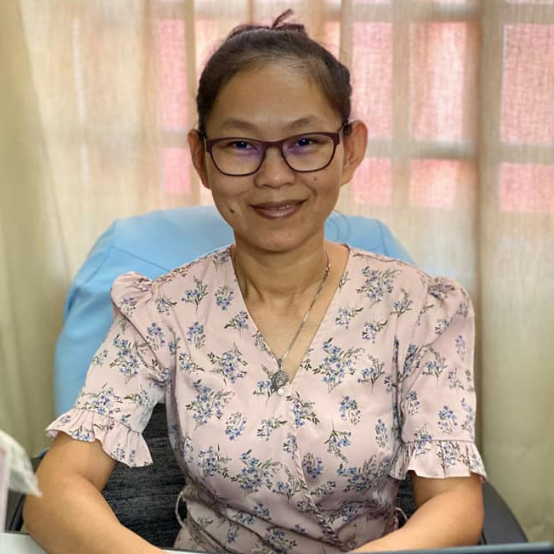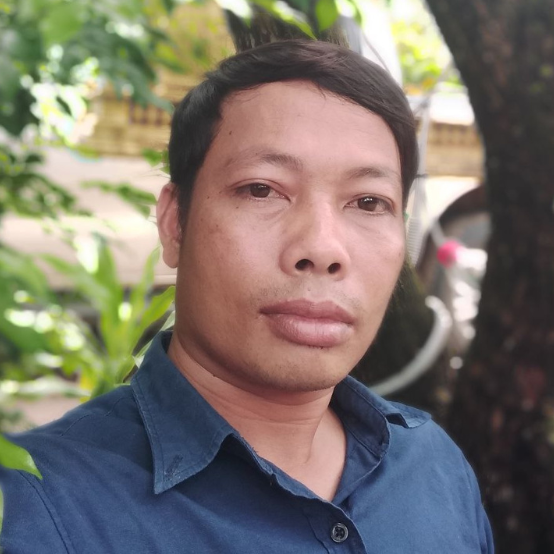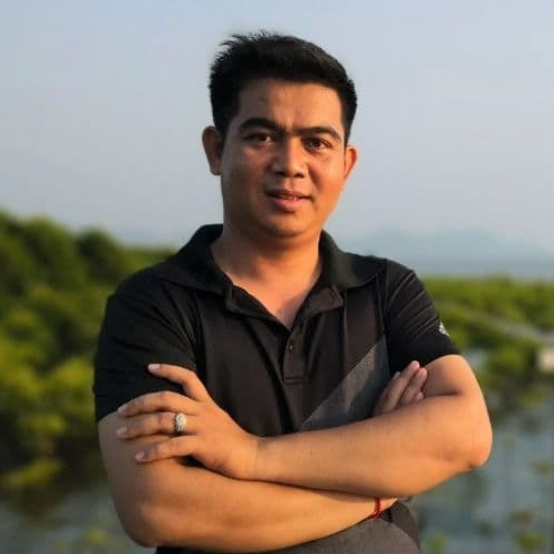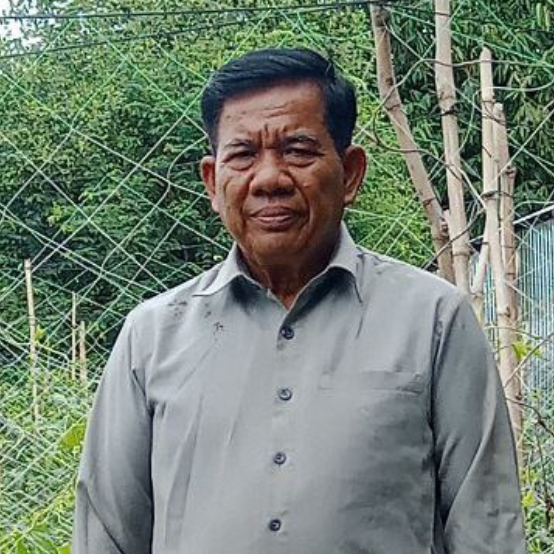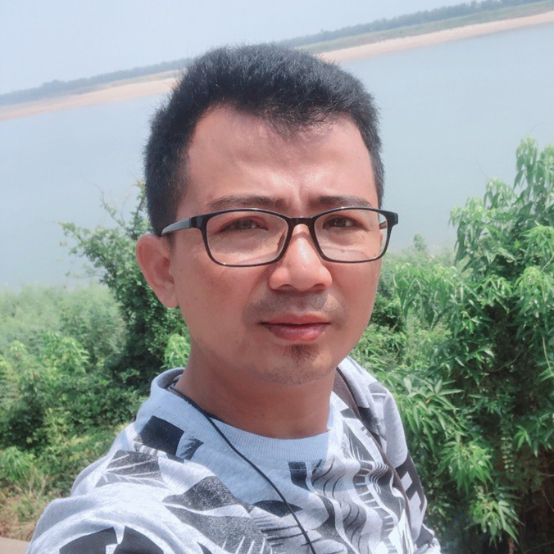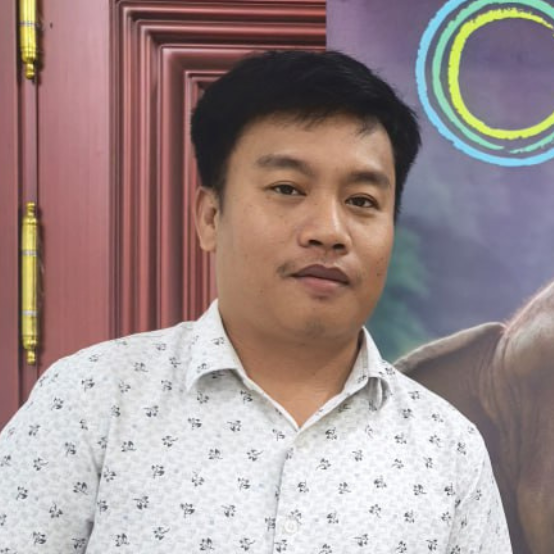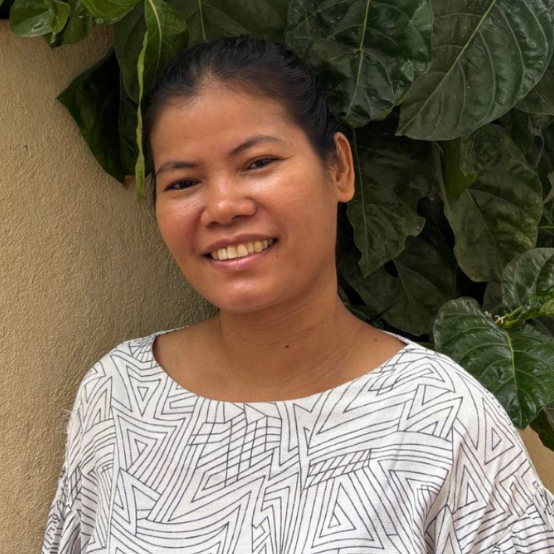Our Voices from the Field series is a behind-the-scenes look into the conservation efforts of our field teams and partners around the world. We believe protecting the planet begins with people and this series highlights talented practitioners and the work we do protecting our natural world, together.
Ani Henríquez is the Executive Director of ProCosta, a Salvadoran NGO with whom we partner to protect critically endangered hawksbill turtles. Our collaboration centers on deepening ProCosta’s local hawksbill conservation network, comprised largely of former egg poachers and artisanal fishing community members.
Continuing our Voices from the Field series, we spoke with Ani about her work and her passion for marine conservation.
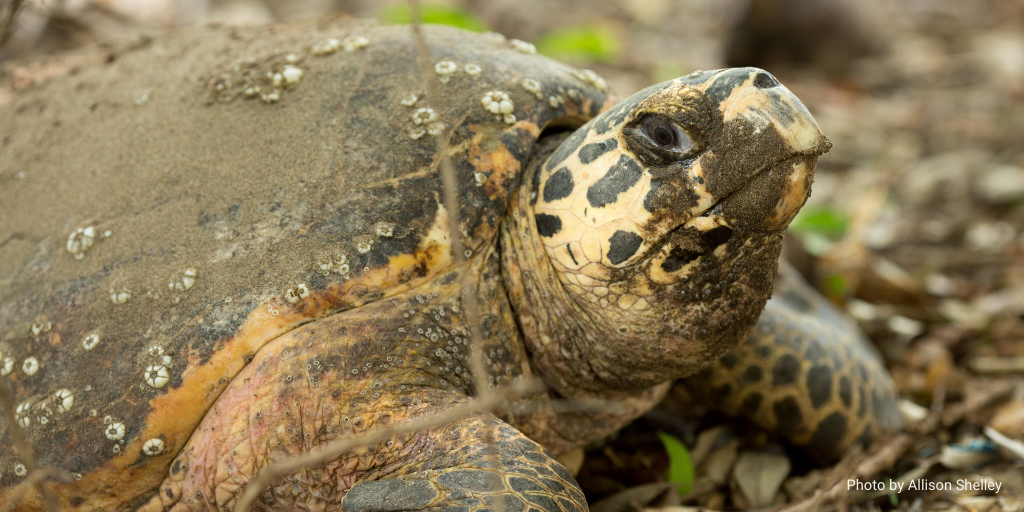
1. How did you first become interested in marine conservation?
During a field trip while I was studying Biology in 2000, I saw a sea turtle for the first time. In that moment, I realized my fascination with this reptile. I became interested in learning about sea turtles and their amazing habitat, and ever since that day I have followed them closely!
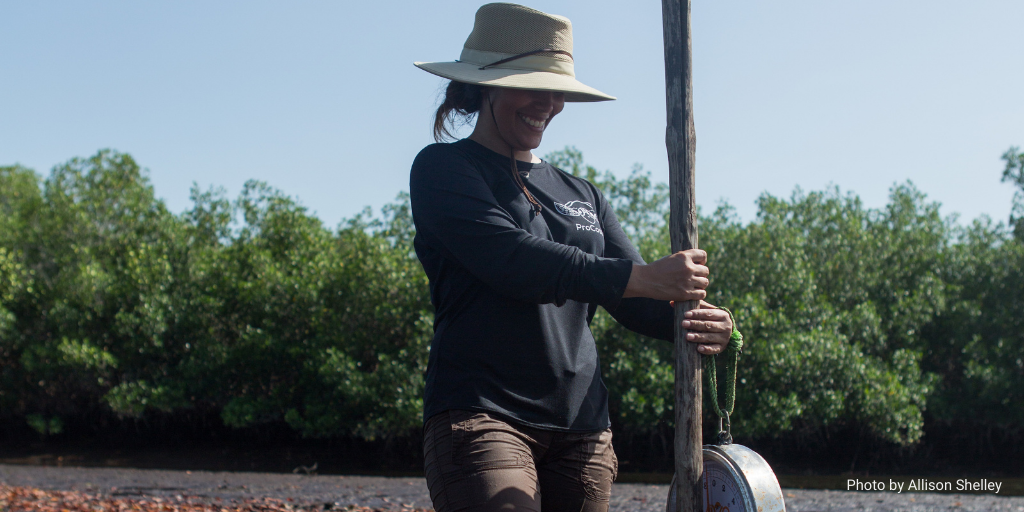 Ani holds a scale to prepare to give hawksbill turtles monitoring checks in Jiquilisco Bay.
Ani holds a scale to prepare to give hawksbill turtles monitoring checks in Jiquilisco Bay.
2. What is the most surprising thing you have learned or experienced in your career?
The connection between communities and sea turtles is so powerful! During the past 10 years, I have seen that the two cannot be separated.
Communities and hawksbills come together to transform conservation and improve the quality of life for both!
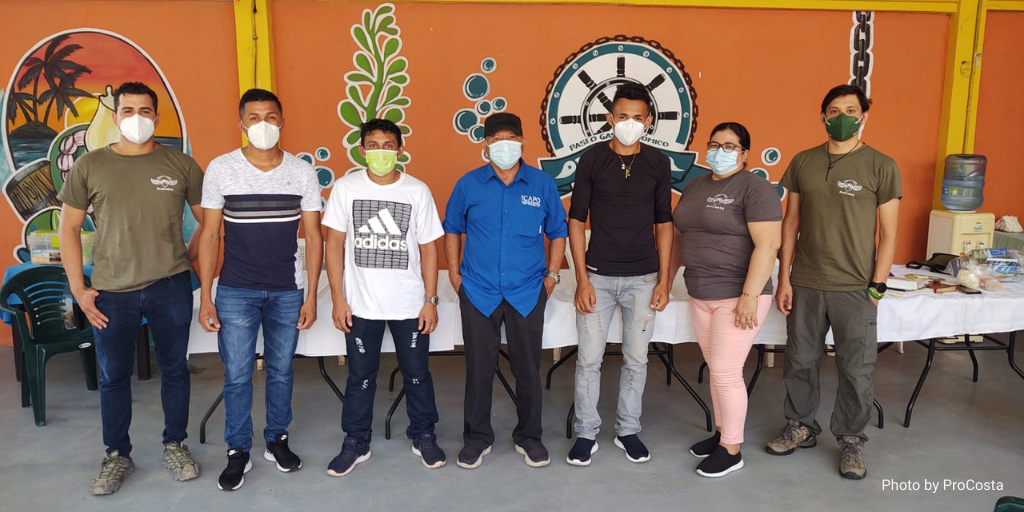 Marvin Pineda (far left) and Carlos Pacheco (far right) meet with hatchery managers and members of the hawksbill conservation network in Punta Amapala.
Marvin Pineda (far left) and Carlos Pacheco (far right) meet with hatchery managers and members of the hawksbill conservation network in Punta Amapala.
3. Why is El Salvador important for hawksbill turtle conservation?
El Salvador is one of two countries in the Eastern Pacific with the highest rates of nesting activity of hawksbill turtles. We have registered more than 300 nesting females so far, and each year we keep tagging new turtles. This means that we have favorable and unique conditions for hawksbill conservation in El Salvador!
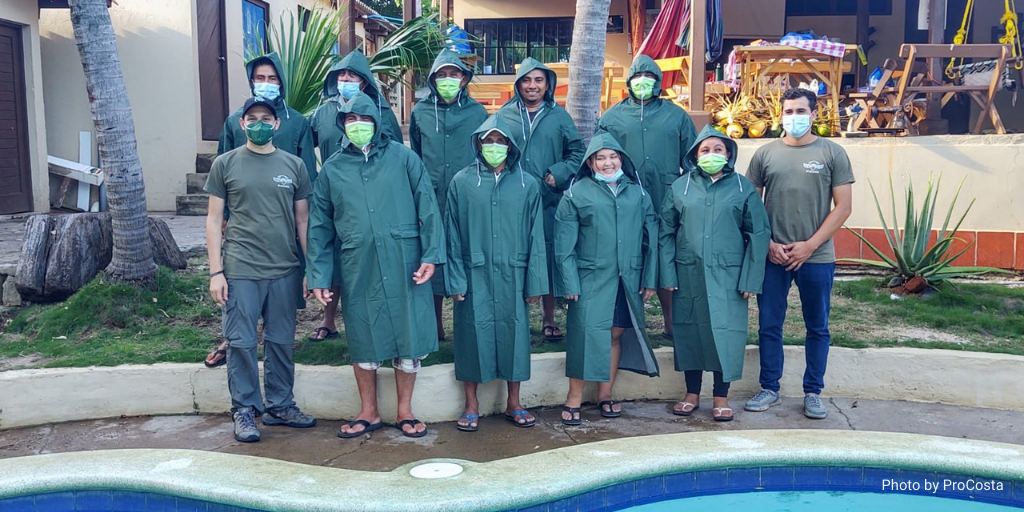 ProCosta’s Carlos Pacheco (front row, far left) and Marvin Pineda (front row, far right) facilitated a workshop with lobster fishers in Los Cóbanos. ProCosta is partnering with these fishers to improve sustainability of the lobster fishery and reduce accidental capture of sea turtles.
ProCosta’s Carlos Pacheco (front row, far left) and Marvin Pineda (front row, far right) facilitated a workshop with lobster fishers in Los Cóbanos. ProCosta is partnering with these fishers to improve sustainability of the lobster fishery and reduce accidental capture of sea turtles.
4. What is unique about ProCosta’s approach?
Community participation! Together with communities, we are one team. Over the years, many families share hawksbills conservation techniques across generations. They are the ones that lead our conservation efforts.
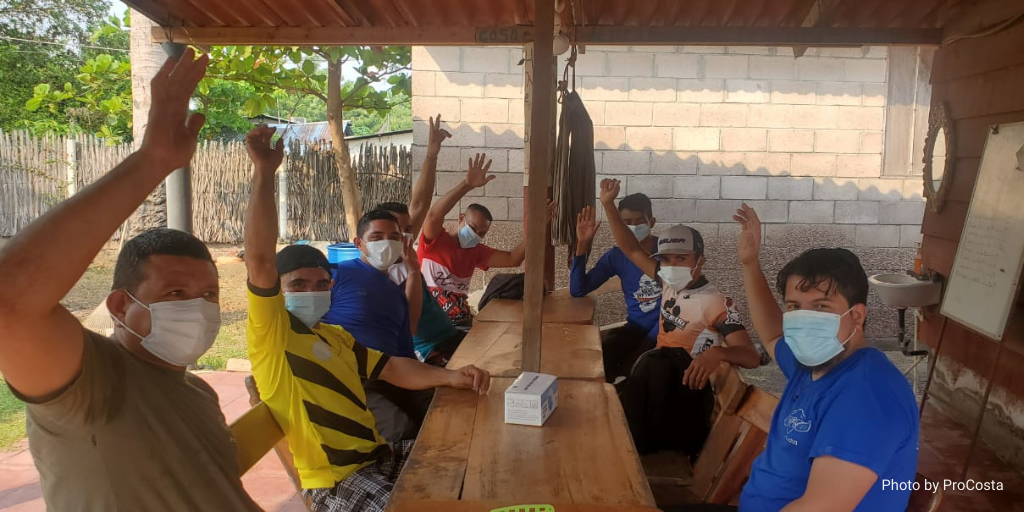 Neftaly Sánchez, Field Coordinator (bottom, left), meets with members of the hawksbill conservation network in Jiquilisco Bay.
Neftaly Sánchez, Field Coordinator (bottom, left), meets with members of the hawksbill conservation network in Jiquilisco Bay.
5. Can you tell us more about how ProCosta engages communities? What lessons have you learned from this experience?
Before we started our conservation program, most of the community members used to sell eggs for consumption. But now, they see the hawksbills as an important resource of conservation. They know that helping the hawksbills will allow them to provide education to their families, jobs, and a quality of life. They no longer consider the black market an alternative.
I believe one of the most important engagements for us as an NGO is that we have stayed there since 2008 … Most important is to be committed to communities. We have stayed there, and we are now part of their families. So, they trust us and they support us for sure, because we don’t let them go! We’re not leaving them.
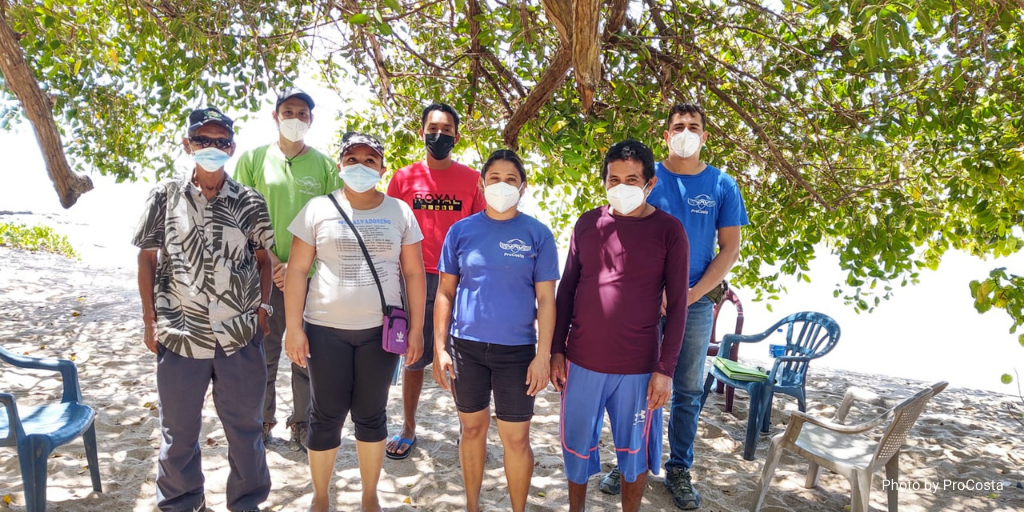 Carlos and Marvin meet with hatchery managers and members of the hawksbill conservation network in Los Cóbanos.
Carlos and Marvin meet with hatchery managers and members of the hawksbill conservation network in Los Cóbanos.
6. Do you have a favorite moment from your work?
I have many! But one of my favorite moments was in 2012 when we received a call from our hatchery managers about a nesting turtle. When we arrived at the island we saw one of our first tagged turtles Isabela, who we had tagged in 2008. She had returned to nest, and the feeling of joy in my heart was unique. All around us, community members were celebrating this success!
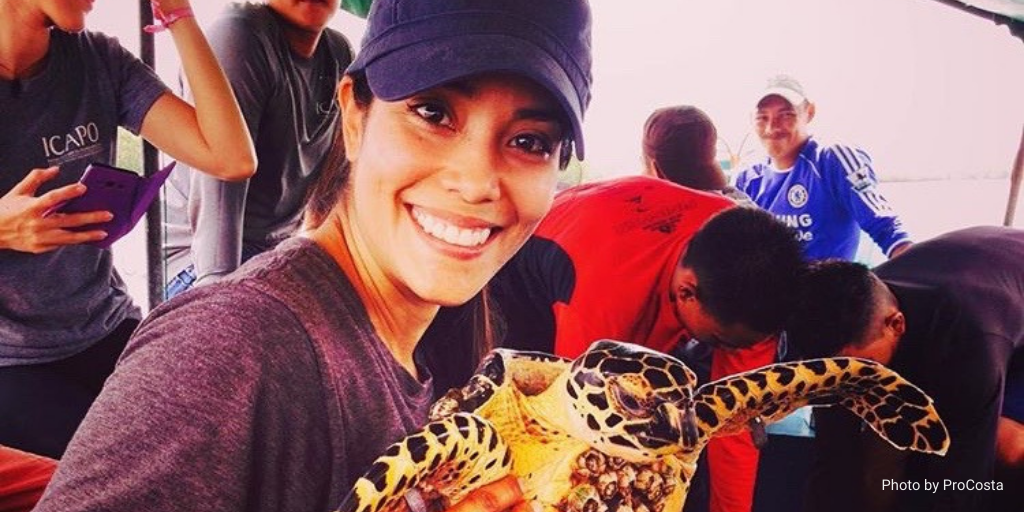 Ani holds a hawksbill turtle during an in-water monitoring check.
Ani holds a hawksbill turtle during an in-water monitoring check.
7. Why is it important to protect marine turtles and their habitats, and what advice would you give people interested in making a difference for our oceans?
By protecting sea turtles, we protect our ecosystems and our marine resources, and therefore, we protect our planet and our families!
We can all be part of conservation initiatives, whether through volunteering, eating sustainable seafood, following social networks to find out more about conservation activities, reducing single-use plastic, reducing carbon footprint, or supporting efforts through donations.
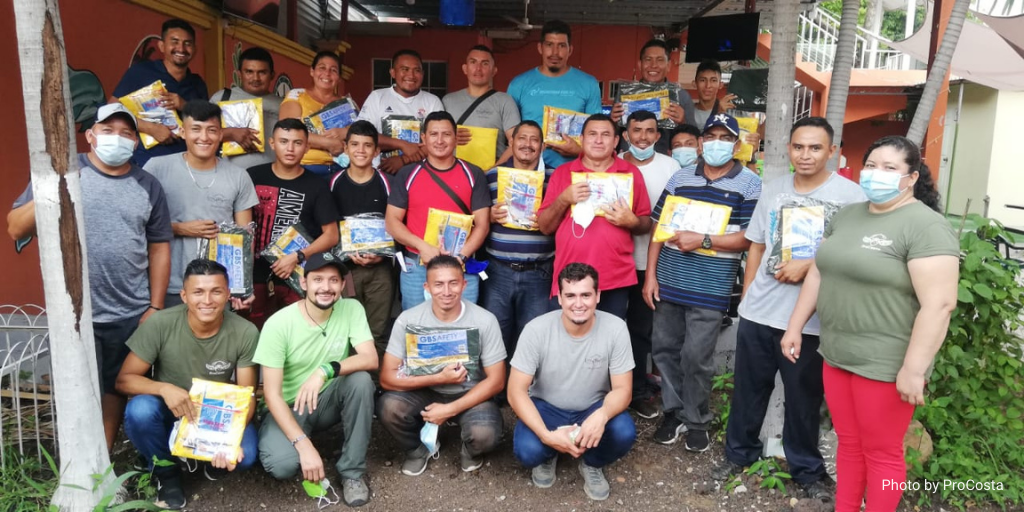 ProCosta team members meet with lobster fisher partners during a workshop in Punta Amapala.
ProCosta team members meet with lobster fisher partners during a workshop in Punta Amapala.
8. What is something about you or your career path that friends and colleagues may not yet know?
That I am living one of my biggest dreams! Being part of ProCosta is one of the greatest opportunities in my career. I have met so many committed people who have shown me the importance of my job for hawksbills and communities! I would like to give special thanks to the ProCosta Team: Mike, Melissa, Sofia, Marvin, Carlos, Neftaly, Lidia, the viveristas [hatchery managers], as well as all the community members and Wild Earth Allies – they are part of this family, thank you for your commitment to us!
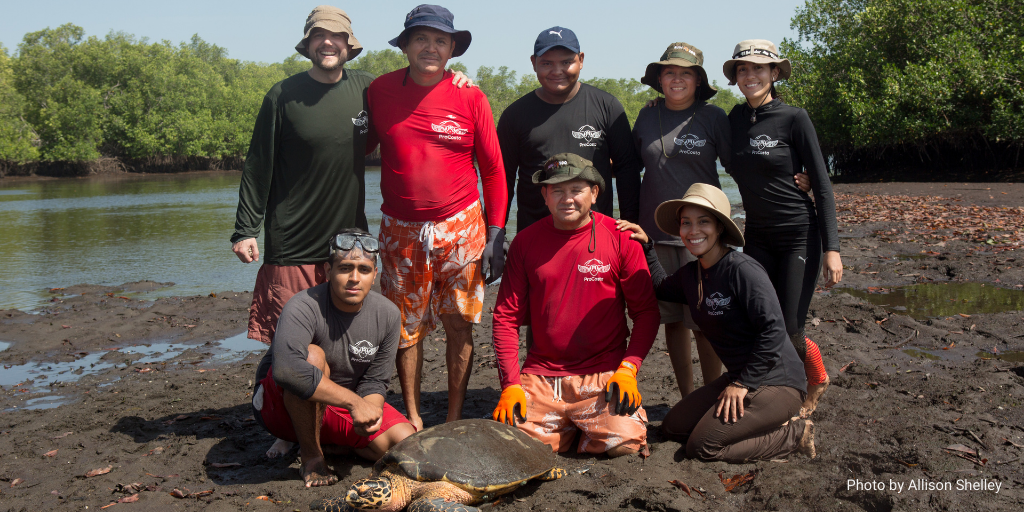 Ani (front, right) and members of the ProCosta team after a day of in-water monitoring of hawksbill turtles in Jiquilisco Bay, El Salvador.
Ani (front, right) and members of the ProCosta team after a day of in-water monitoring of hawksbill turtles in Jiquilisco Bay, El Salvador.
9. Can you speak to the barriers and opportunities that you’ve encountered as a woman in leadership in conservation?
It was a big experience to become part of the coordination team at ProCosta. Nine years ago, we were just three people leading field activities and, yes! I was the only woman around, but I have the great opportunity to work beside Neftaly Sánchez, who is the community leader and also a respected person in the community. With his advice and guidance I was able to connect with communities and became one of their members! In 2012, I started having a second family by my side, a family with mutual support, trust and respect.
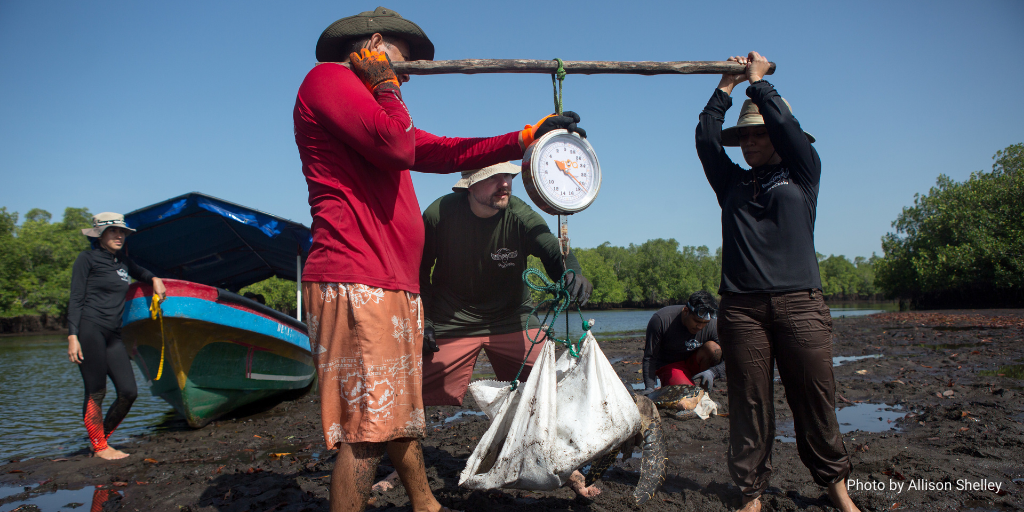 Ani (right) and colleagues Mike Liles (middle) and Neftaly Sánchez (left) weigh a hawksbill turtle as part of a monitoring check in Jiquilisco Bay.
Ani (right) and colleagues Mike Liles (middle) and Neftaly Sánchez (left) weigh a hawksbill turtle as part of a monitoring check in Jiquilisco Bay.
10. How has the pandemic impacted your work?
The pandemic impacted our active work in the field with communities and hawksbills: all visits were suspended to guarantee safety and health of the entire team and our communities. In early March, beach patrols were suspended—this monitoring activity is one of the most important in order to search for hawksbills and nests. We were able to have all the required permits by April to be able to patrol at certain hours of the day and night, so this covered us for the rest of the season and made it possible for communities to work while following all the safety measurements.
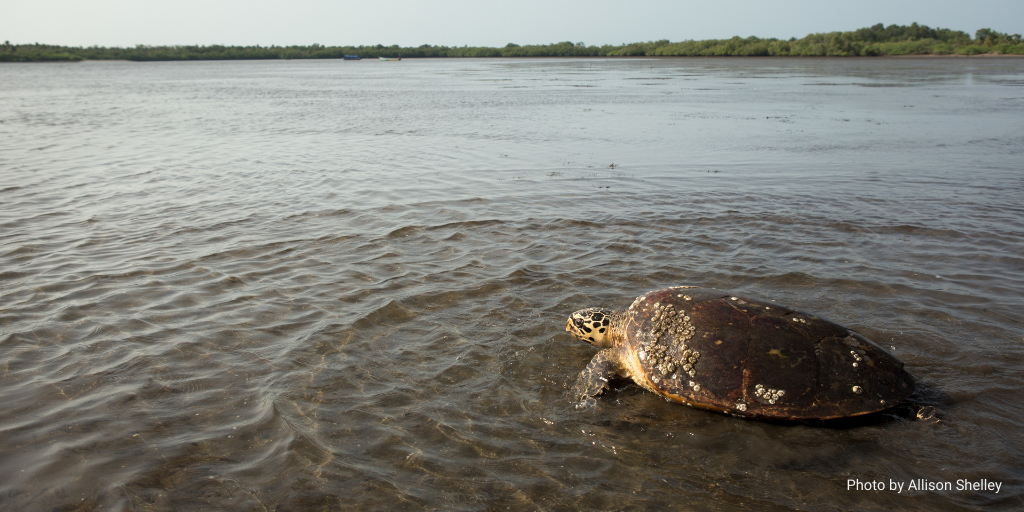 A hawksbill turtle returns to the water in Jiquilisco Bay.
A hawksbill turtle returns to the water in Jiquilisco Bay.
11. What elements of resilience and adaptation have you used to get through this period?
Three elements have been key for us:
Motivation, one of our first elements of resilience, making sure that despite the difficult times we were all together in this, helping each other in the best way we can as a team!
Creativity, remaining in active communication with our community, virtual workshops, video calls and also our first Virtual Hawksbill Festival where kids from Bahia de Jiquilisco were able to participate in a virtual way.
Initiative, to solve problems despite distance and difficulties.
Learn more about our collaborative work, and please join us by donating today.

